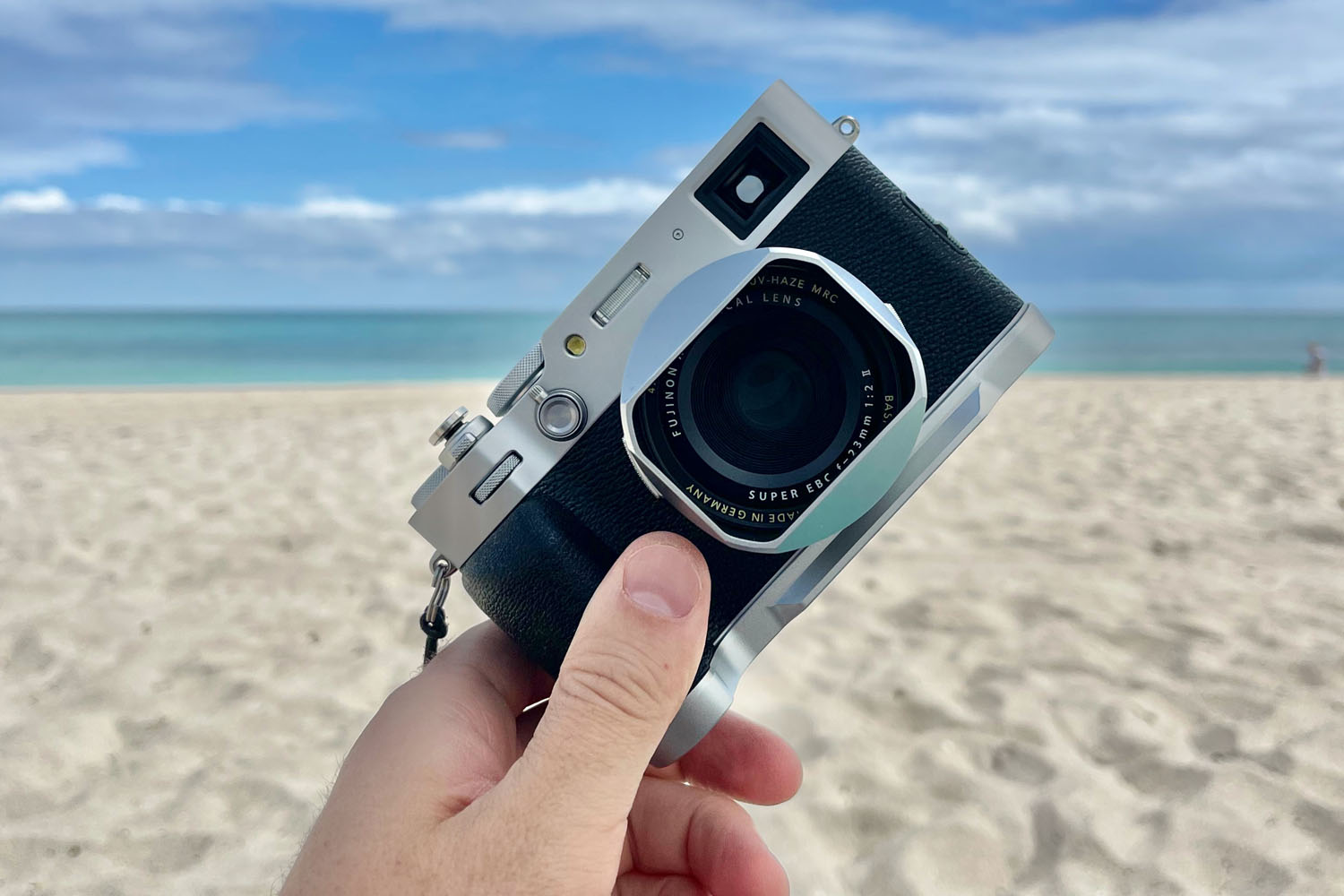Lens Review – Meike 85mm F1.8 Pro
On Meike and their Pro line
Meike are a fairly longstanding company with manufacturing based out of China, once they focused on affordable accessories before distributing lenses such as the 50mm F0.95 (as seen in Bokeh Life Past F1.4) which is their version of the 7Artisans 50mm F0.95 that while optically impressive was known over its lifespan for poor construction. With the AF lenses these seem to be dedicated designs from Meike that the team are very proud of. I did not review the recent 33mm F1.4 & 55mm F1.4 as budget alternatives to fantastic 1st party Fuji lenses aren’t my thing but that may change after this experience with the 85mm F1.8 Pro. This is the first Pro named lens to be offered in X Mount and is designed mainly for Full-Frame as a budget minded portrait lens. However, this is an oddball lens on Fujifilm and not often seen. We have Viltrox’s 75mm F1.2 offering a field of view equivalent to 105mm Full Frame and the Fujinon 90mm F2 which is a 135mm field of view equivalent, and arguably (from an objective standpoint) the best lens on Fujifilm X-Mount. 85mm fits between both, though a little closer to the 90mm. I’m going to review this lens for what it is, as if I were to compare it to the 90mm it would be pointless. If you have the money and want the 90mm there is no alternative. In terms of lenses it is up there with Leica’s 90mm APO as in – best, period. The Meike however is not aimed at those eyeing the 90mm but at those who are perhaps stepping into primes. I have used this lens in my usual street/documentary fashion but after my usage I am fairly confident on who this lens is for. You will need to read my thoughts for it to make sense so will tackle that at the end of the review. Before we begin though, images don’t lie, you can’t disguise a bad lens. Sensors or anything else will not help IQ. What is harder to garnish from a review is how it is in use, so that is exactly where I will focus my efforts on explaining.
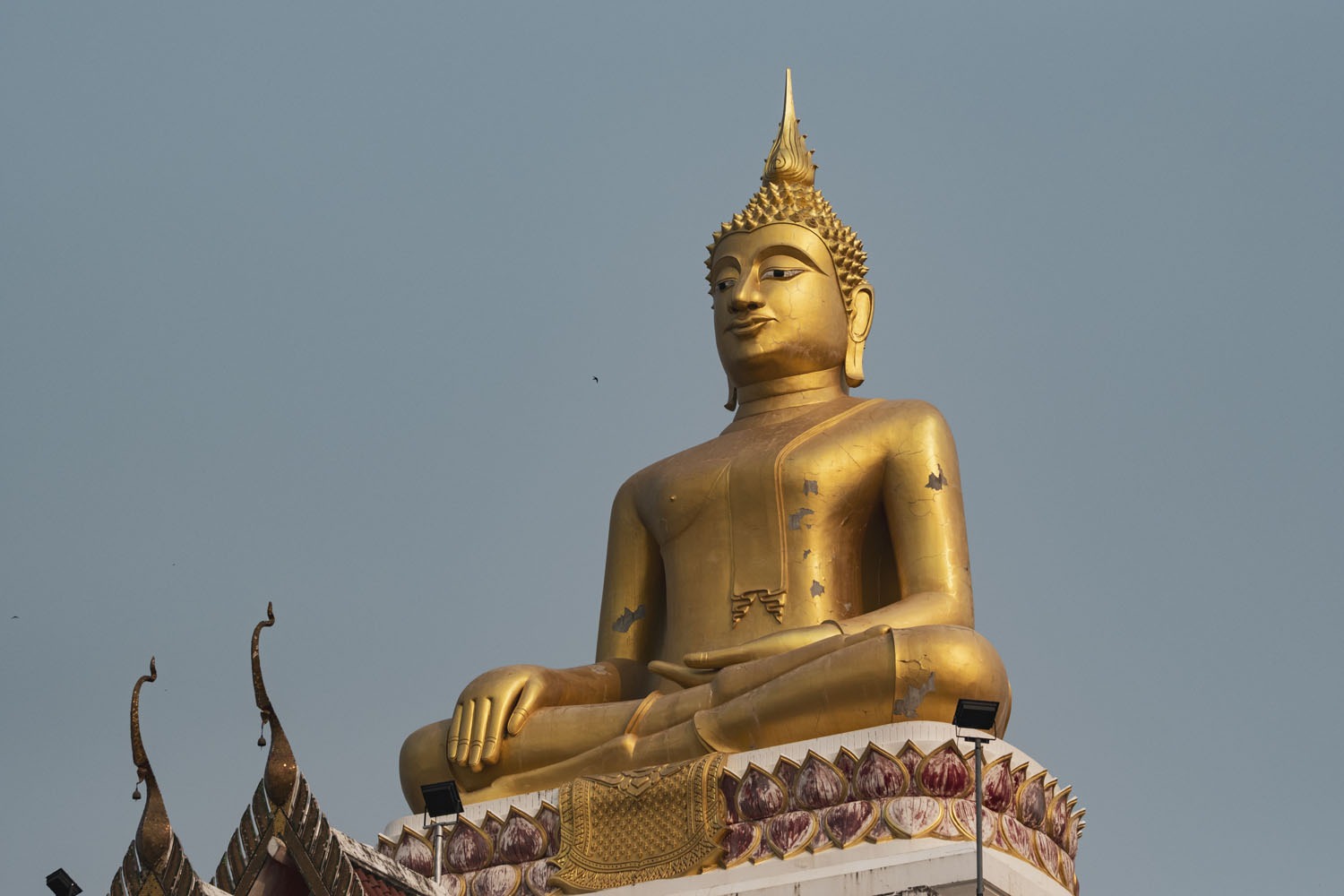
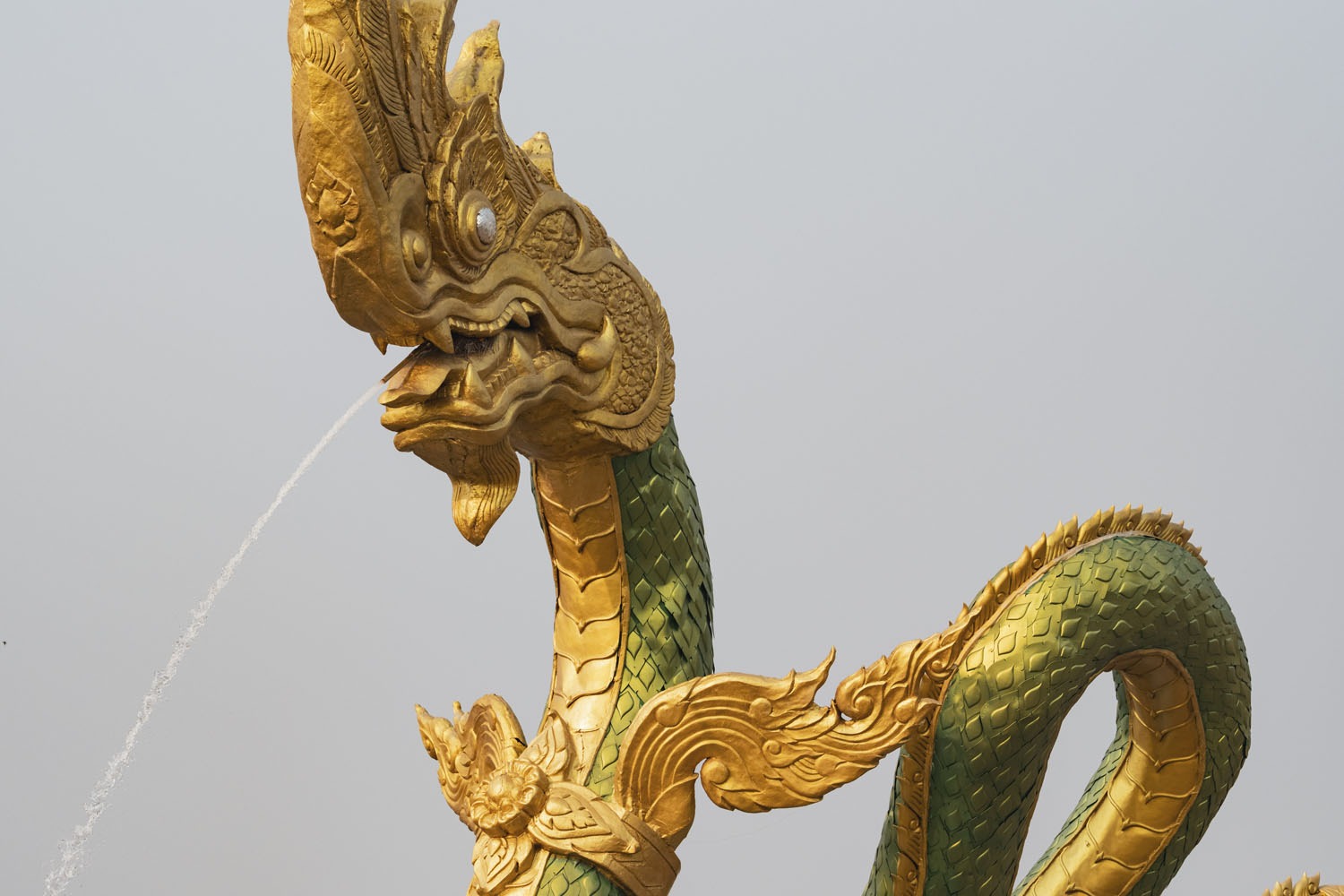
RIGHT: Fuji X-T5 . Meke 85mmF1.8 . F/5.6 . 1/1700″ . ISO 500
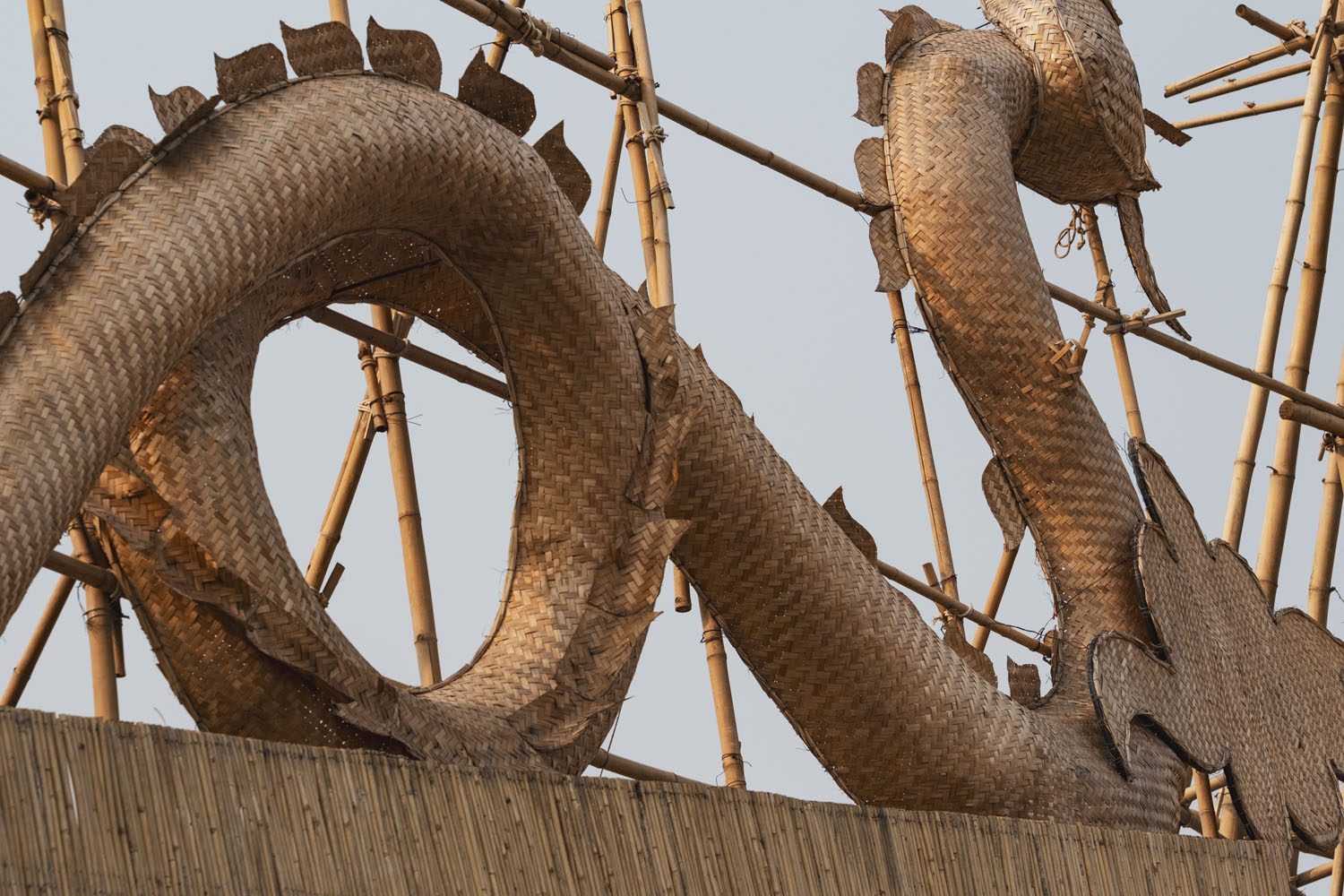

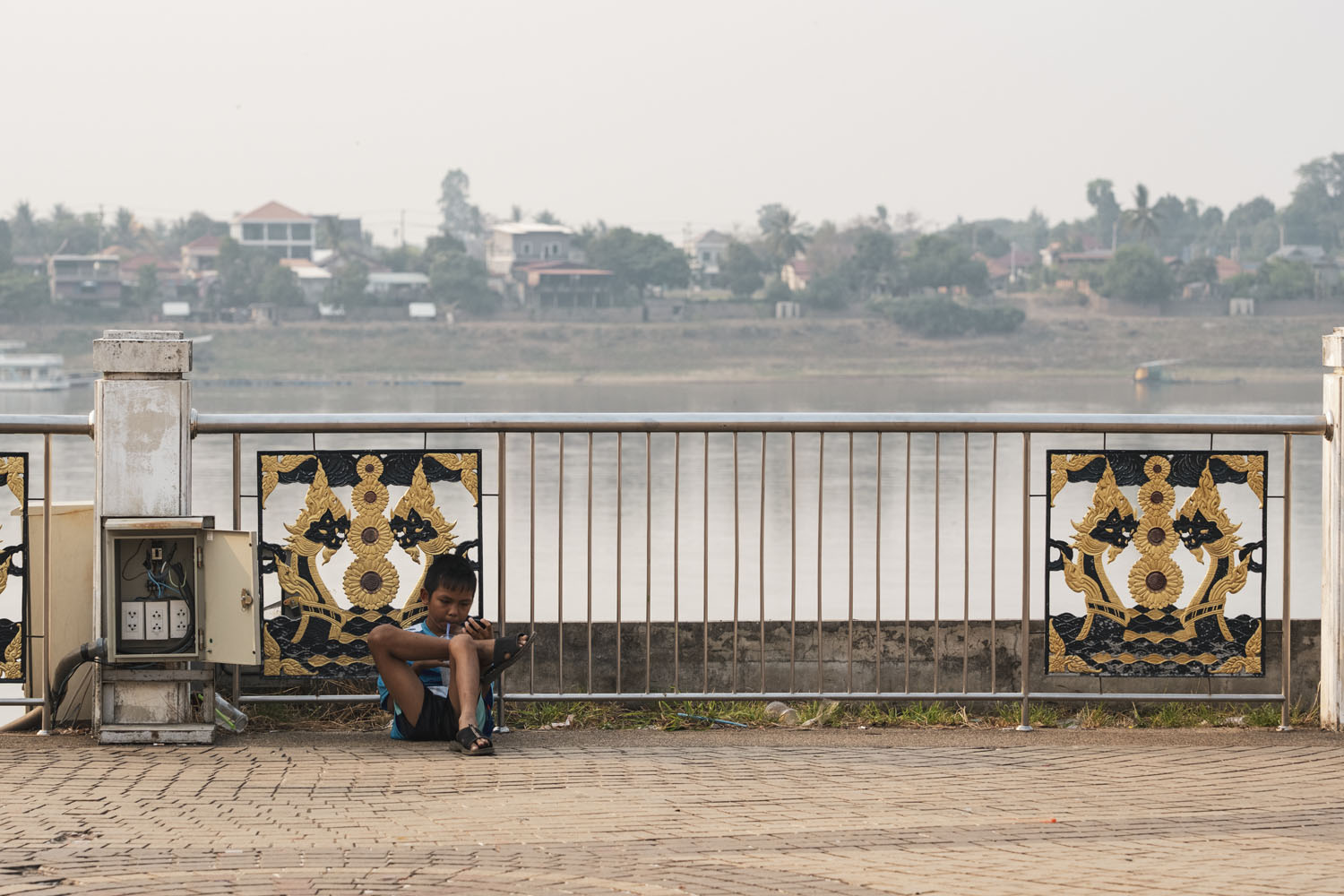
RIGHT: Fuji X-T5 . Meke 85mmF1.8 . F/5.0 . 1/950″ . ISO 500
Manufacturers Specifications
Focal Length – 85mm
Maximum Aperture – F1.8
Minimum Aperture – F16
Optical Design – 11 Elements in 8 Groups
Angle Of View – 18.6°
Diaphragm Blades – 9 Bladed Clicked Aperture
Minimum Focus Distance – 0.85m
Filter Thread – 62mm
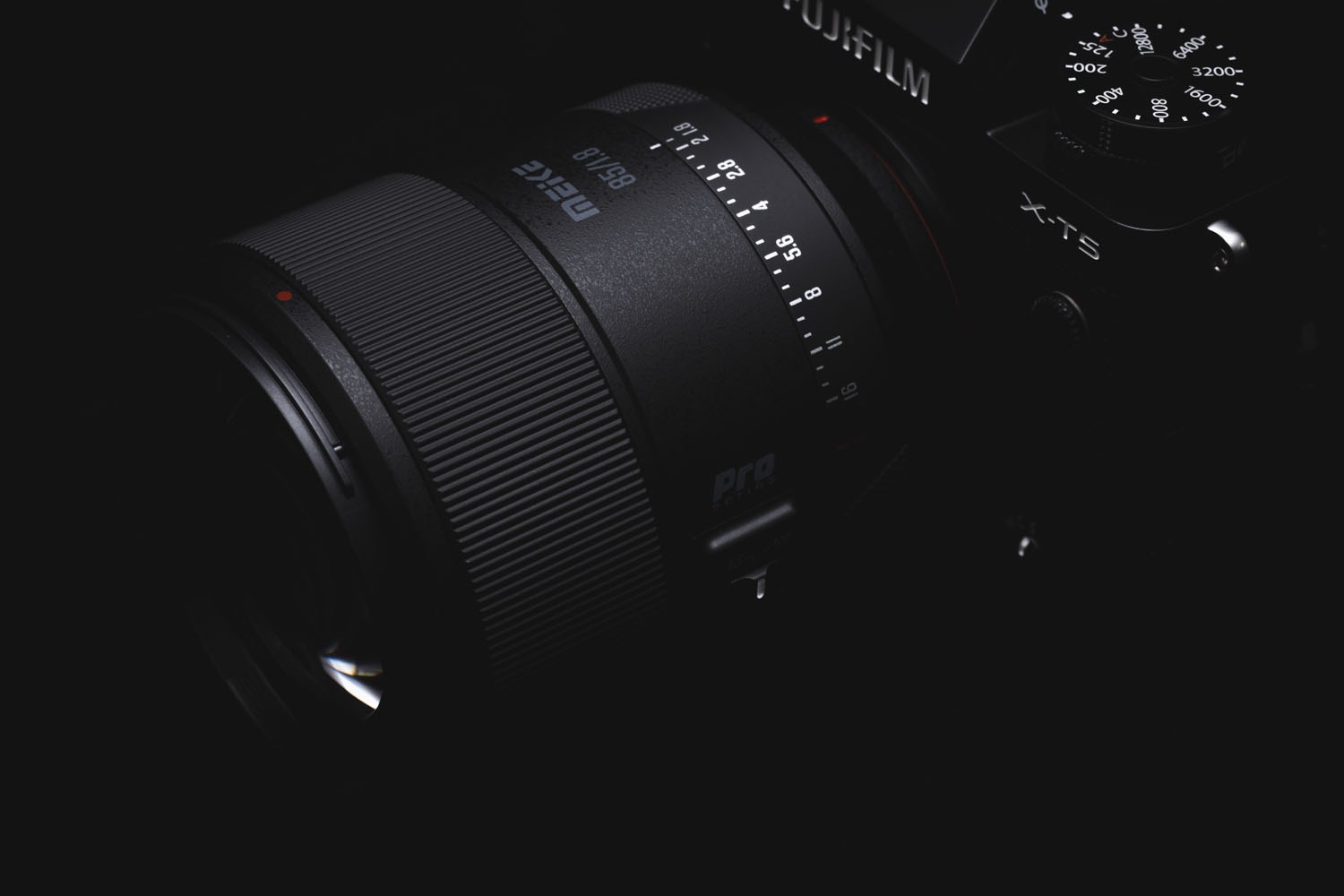
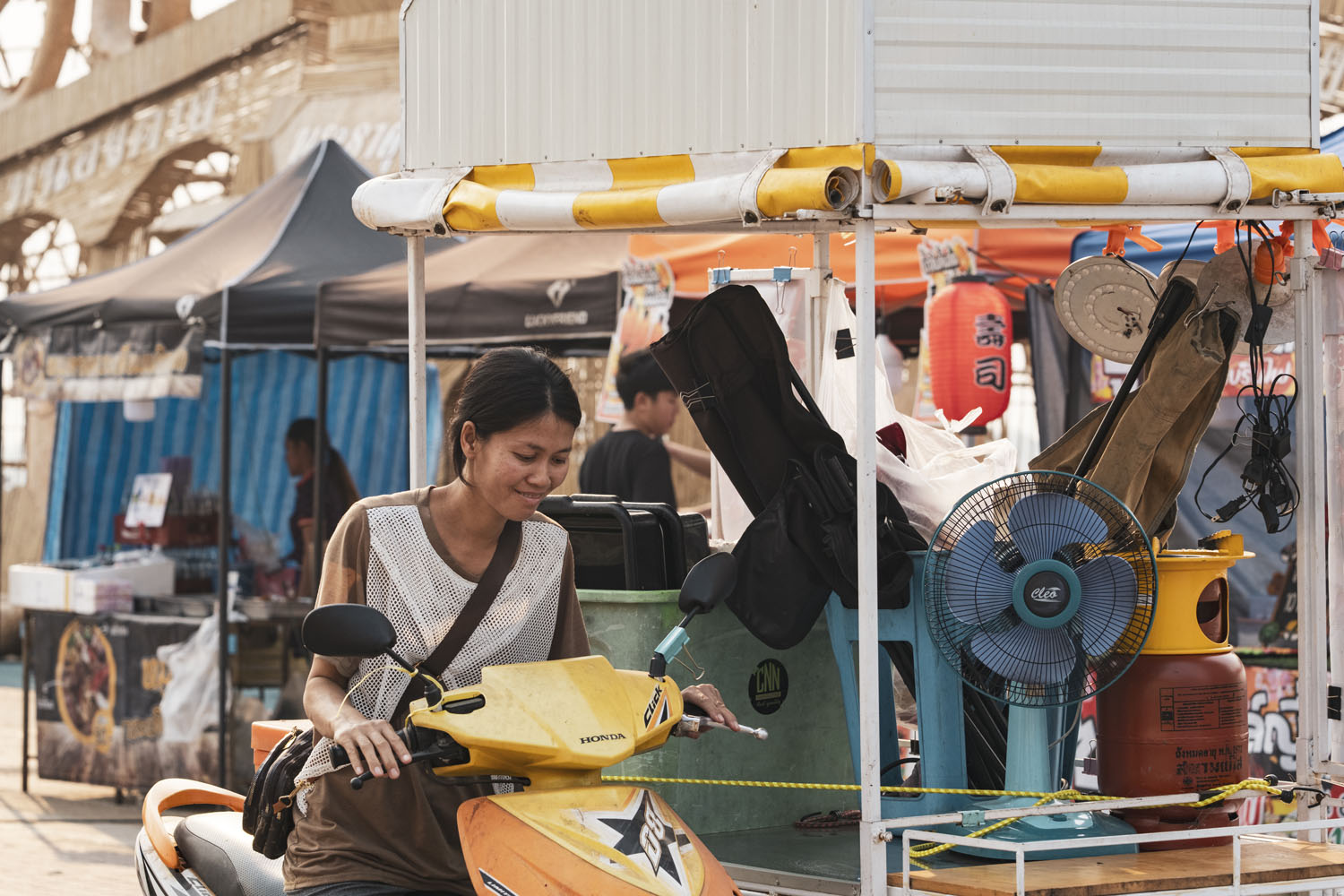

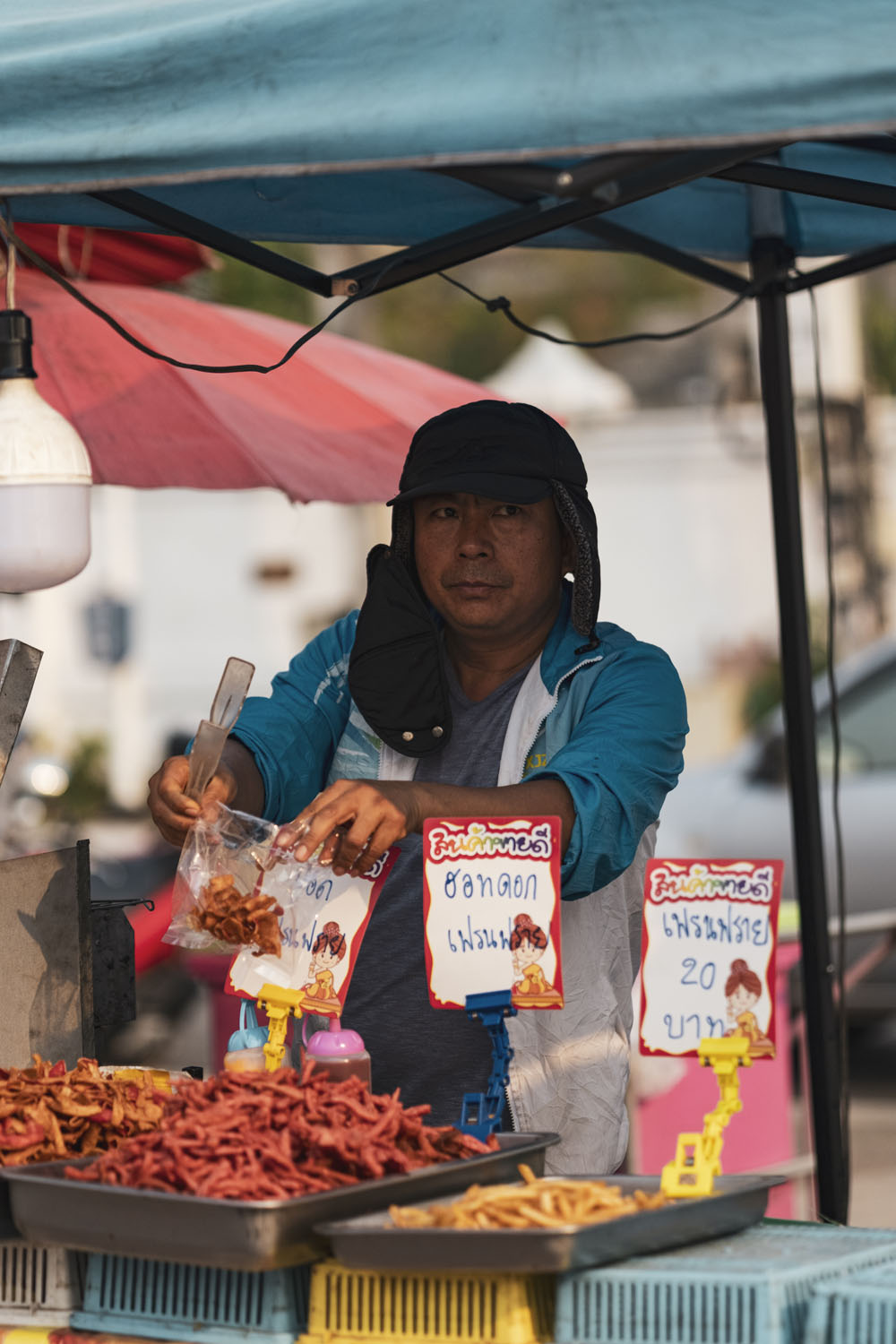
RIGHT: Fuji X-T5 . Meke 85mmF1.8 . F/1.8 . 1/8500″ . ISO 500
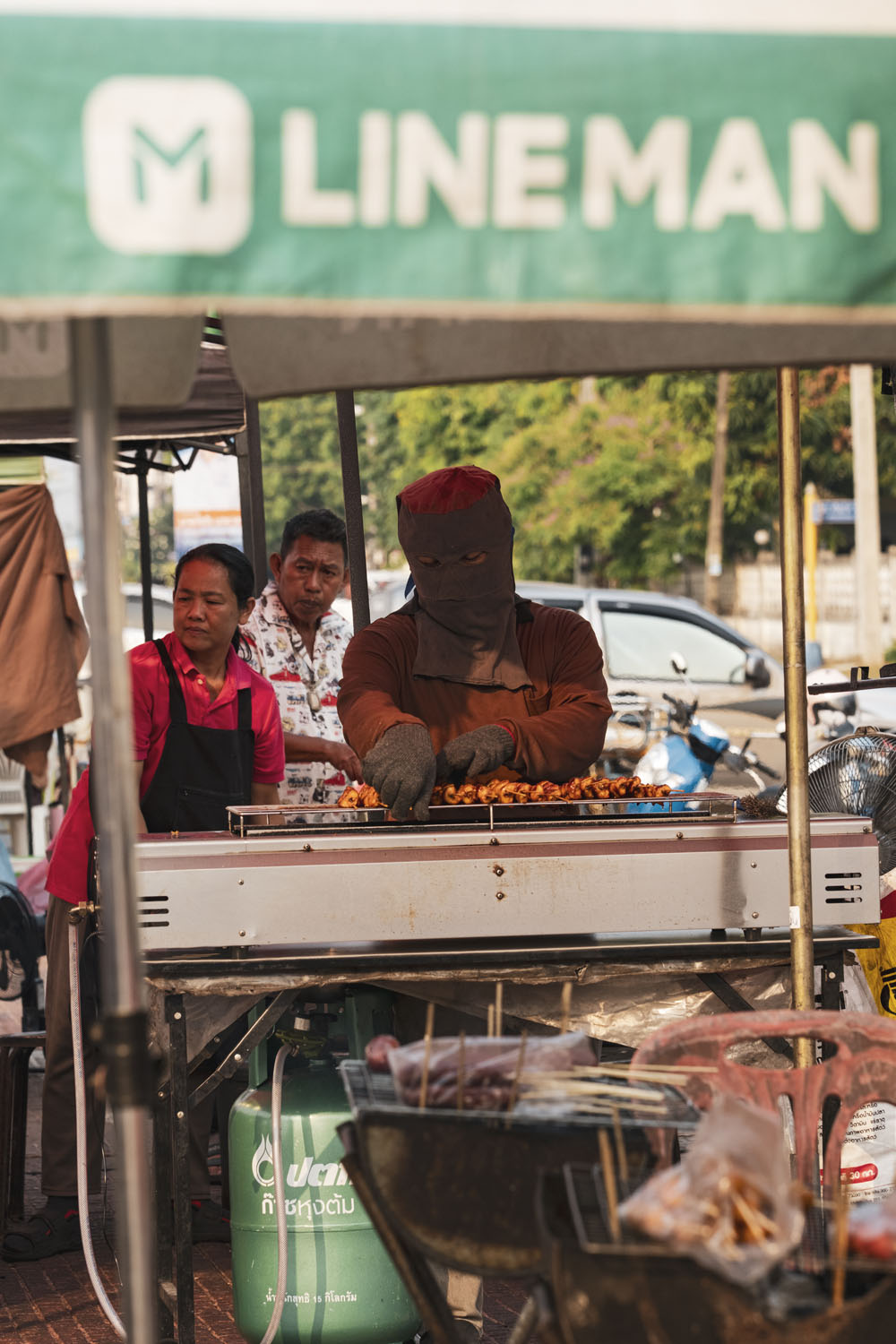
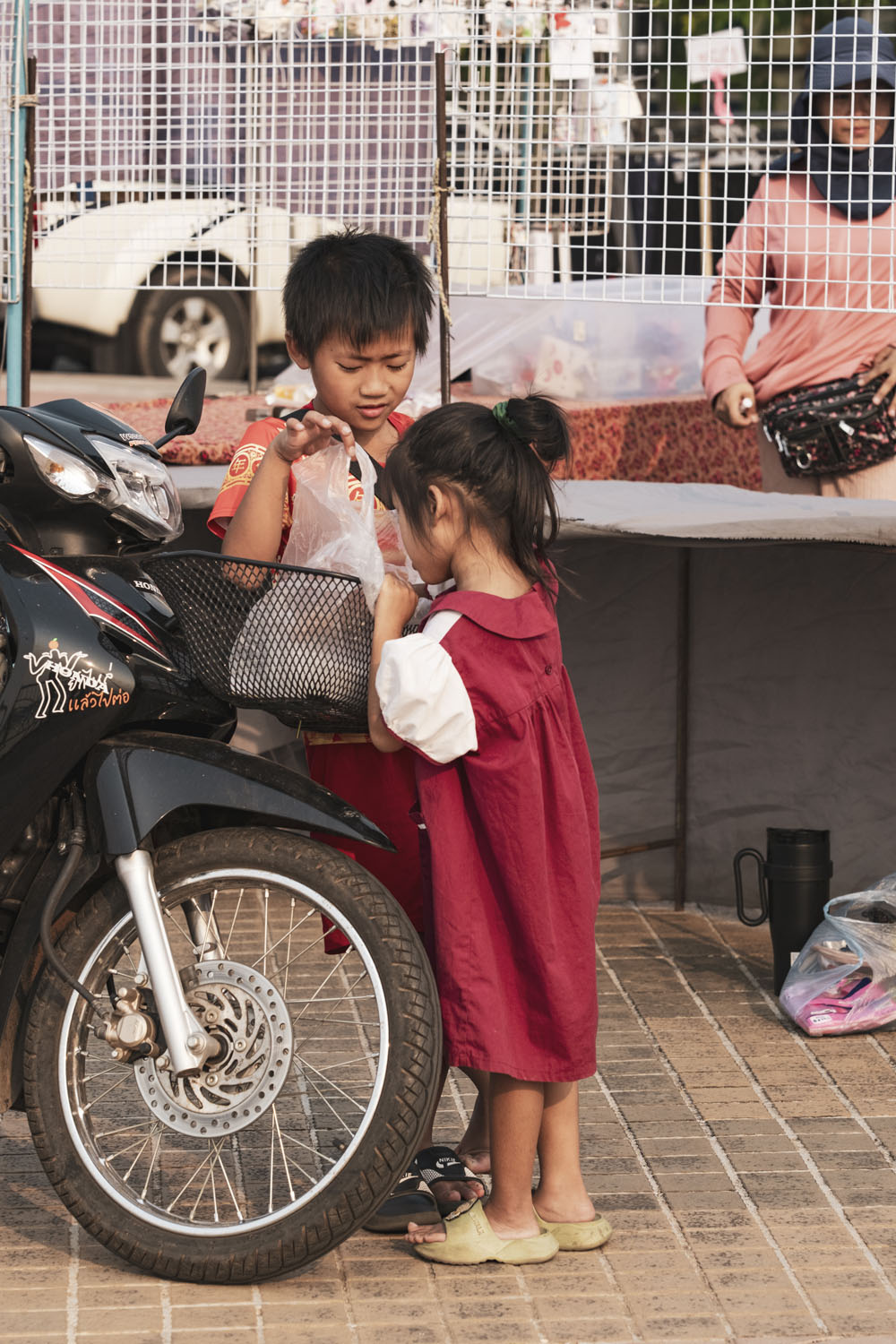
RIGHT: Fuji X-T5 . Meke 85mmF1.8 . F/5.6 . 1/1100″ . ISO 500
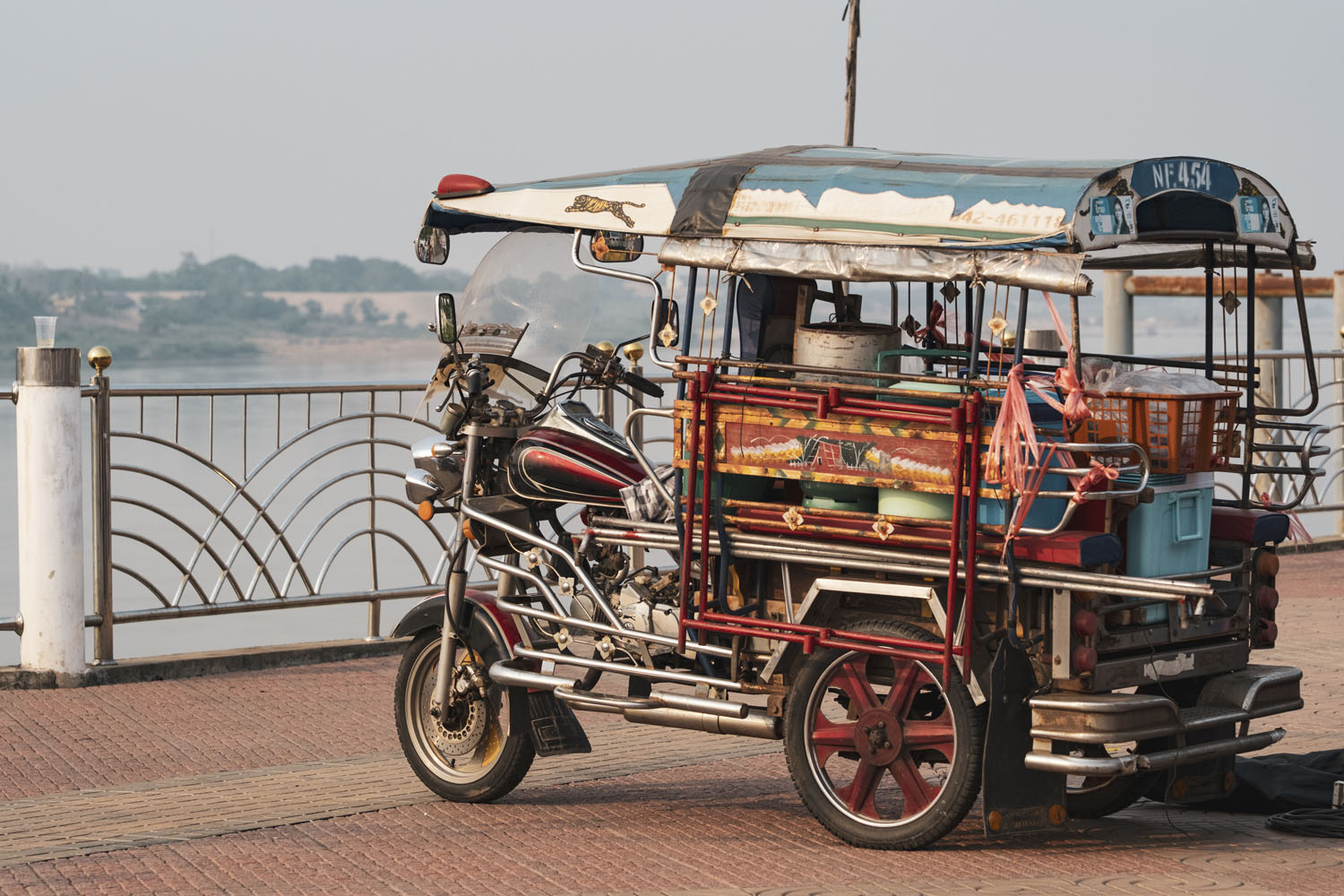
Build & Styling
My first impression of this lens is that it looked like a Canon RF lens, plastic body with the knurled aperture ring in place of Canon’s control ring. Big plus as budget oriented lenses rarely come with an aperture ring. This one though is pretty loose, it’s clicked but easily knockable and more egregiously, the applied aperture markings will likely be worn away with constant use. A point where Meike could easily improve. It doesn’t lock into A and I will be honest I never once even put it on Auto aperture, opting to manually adjust. People who use Shutter Priority for sports and movement etc. I’m sorry but I just don’t have that sort of use case. Also,I don’t think talking about things too far outside my wheelhouse would be beneficial. It features an AF-MF switch which on my X-T5 is fairly redundant as it does not interact with the camera’s M-C-S control. For manual focus you need to be in M and MF on the lens but you can put the lens in MF and if the camera is in S or C it will still auto focus. As for the lens mount it comes with a built-in USB-C for firmware updates and a rubber gasket to prevent ingress, though I would not trust this for any measure of water-tightness.
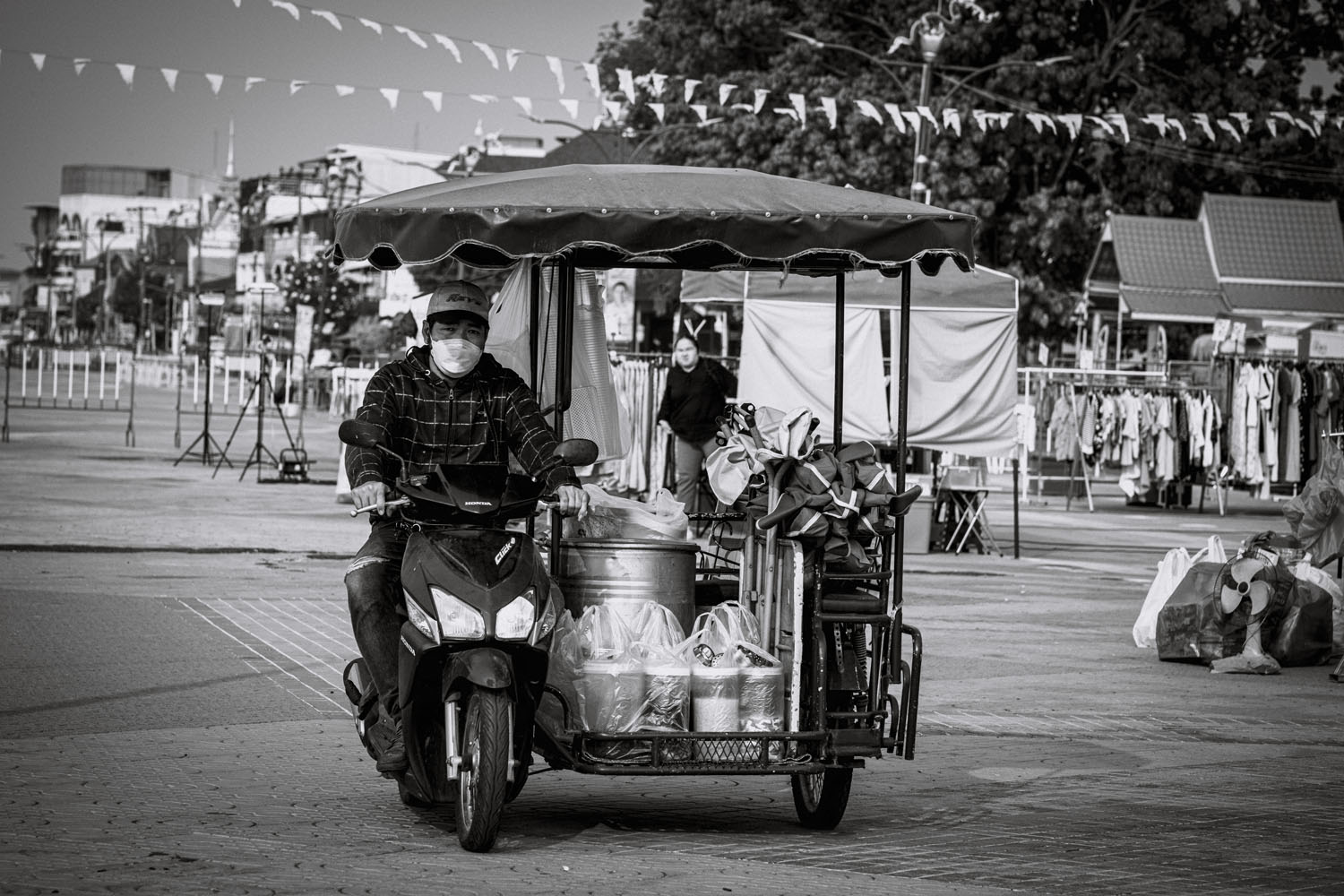
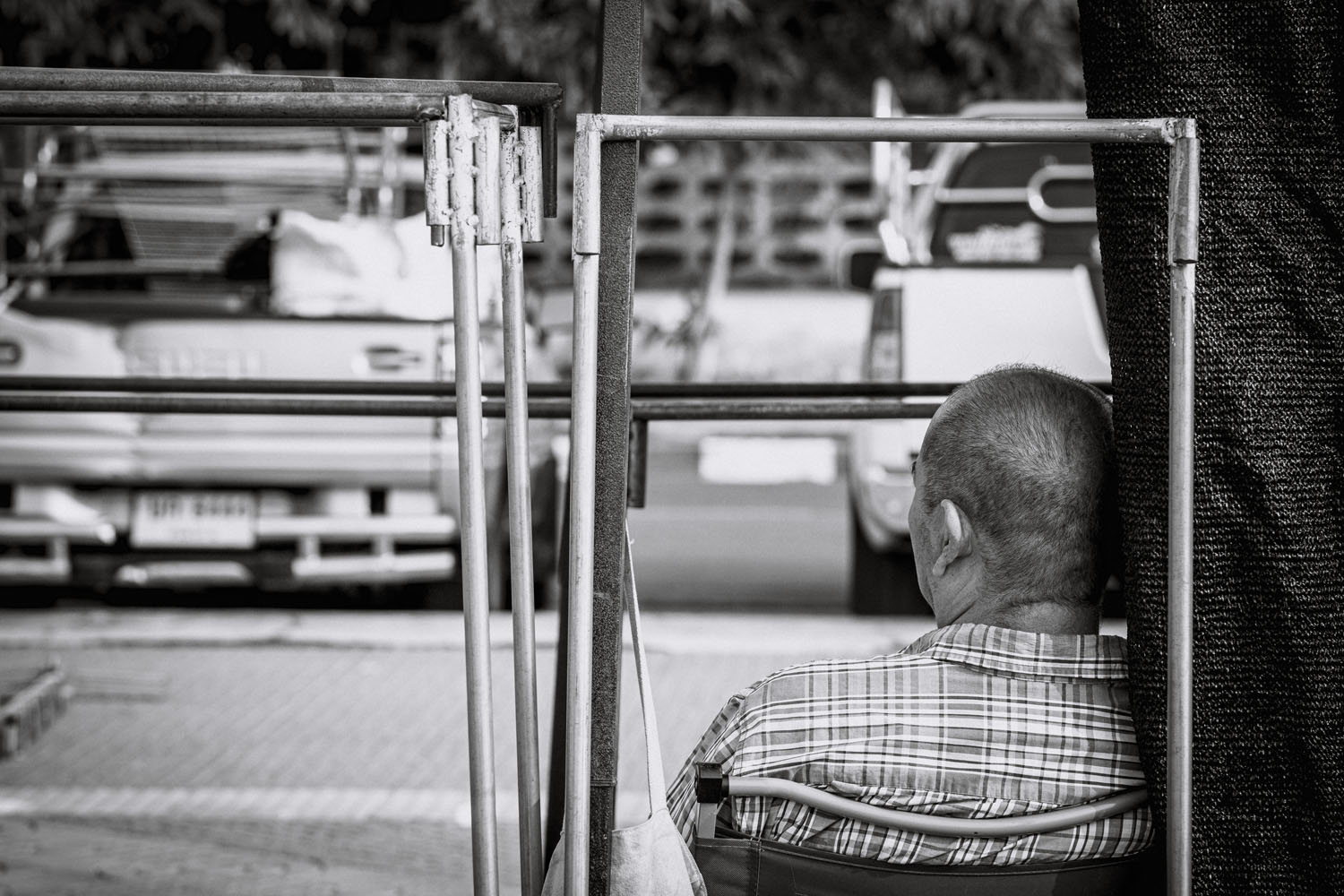
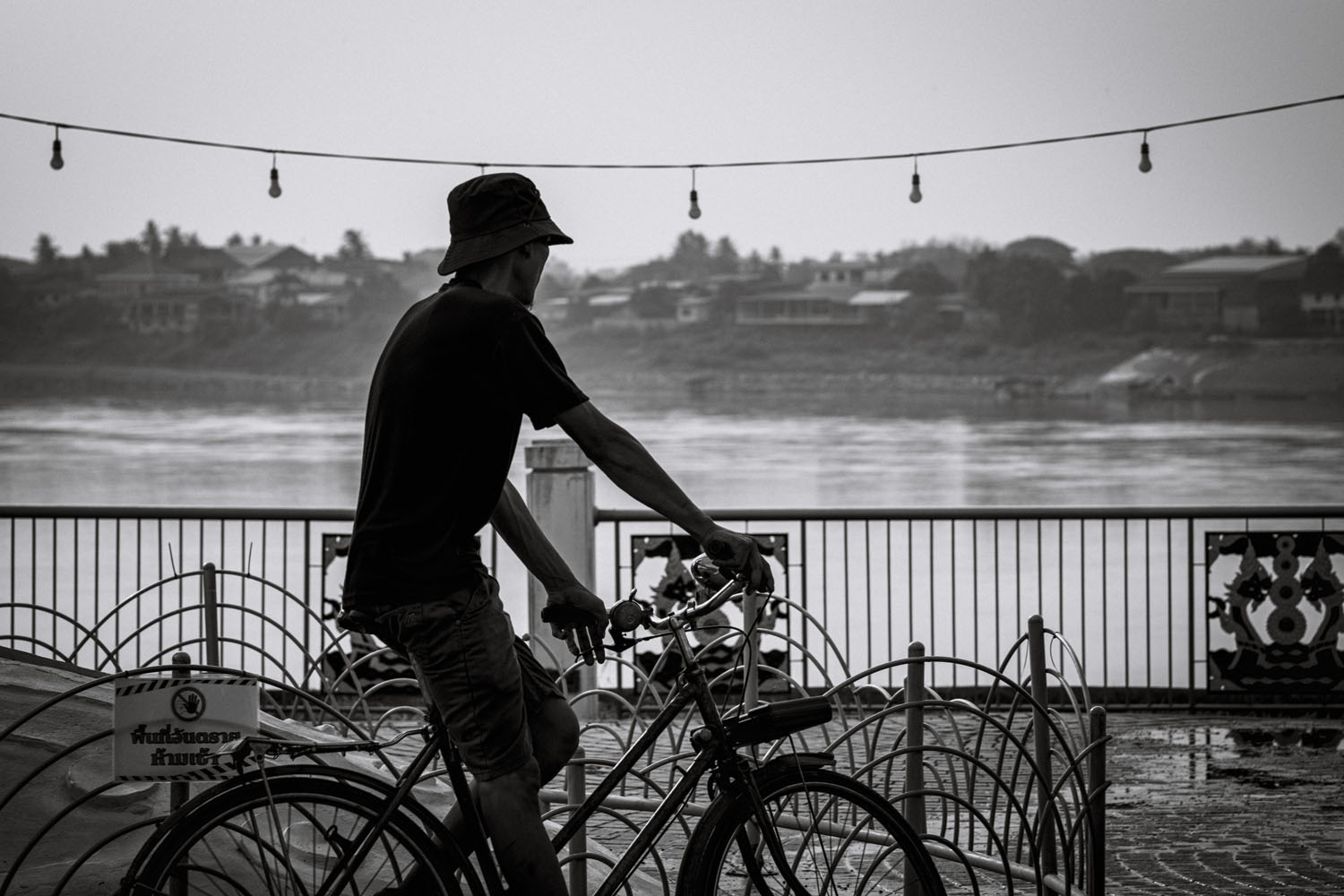
RIGHT: Fuji X-T5 . Meke 85mmF1.8 . F/5.6 . 1/500″ . ISO 1000

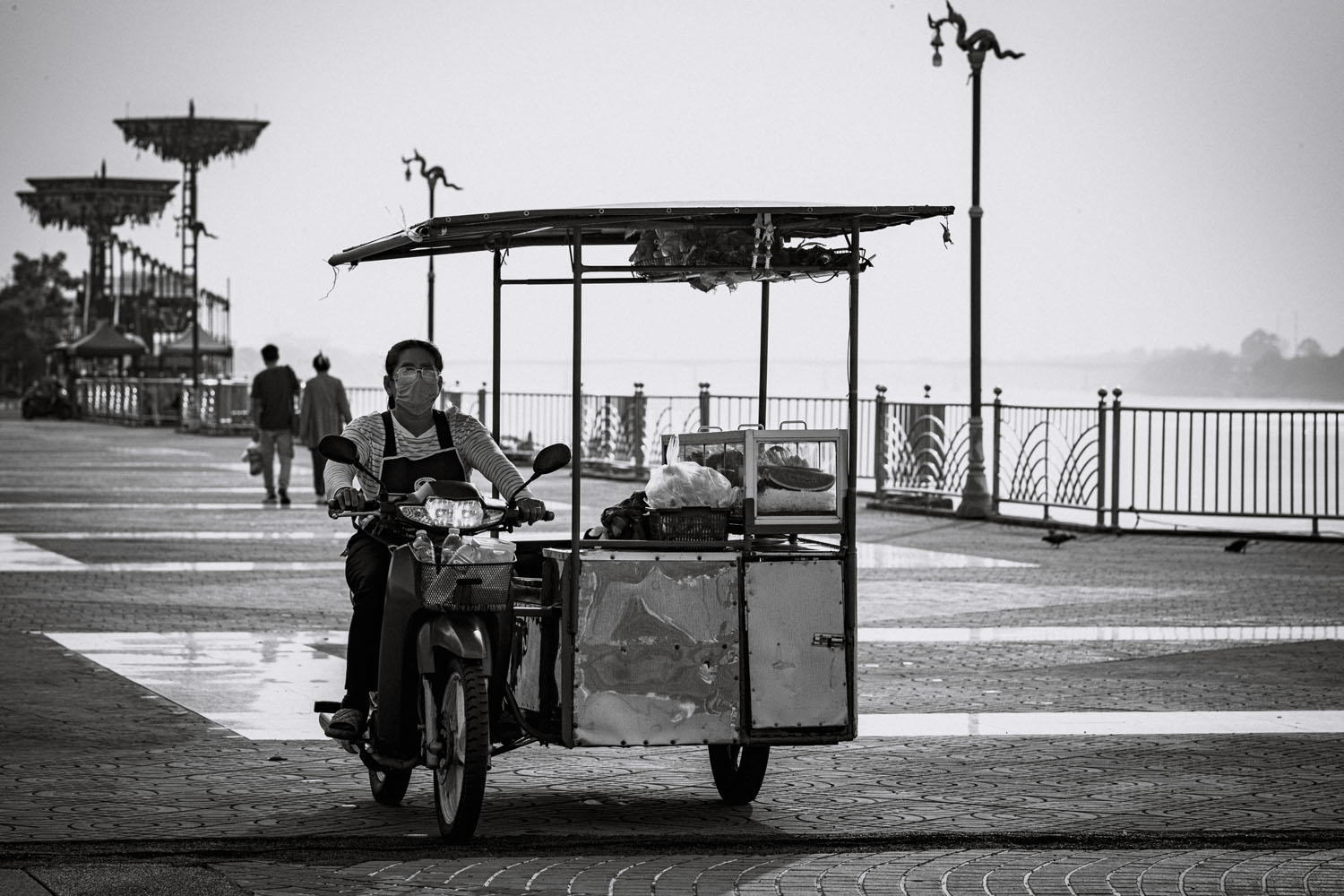
RIGHT: Fuji X-T5 . Meke 85mmF1.8 . F/5.6 . 1/2000″ . ISO 500
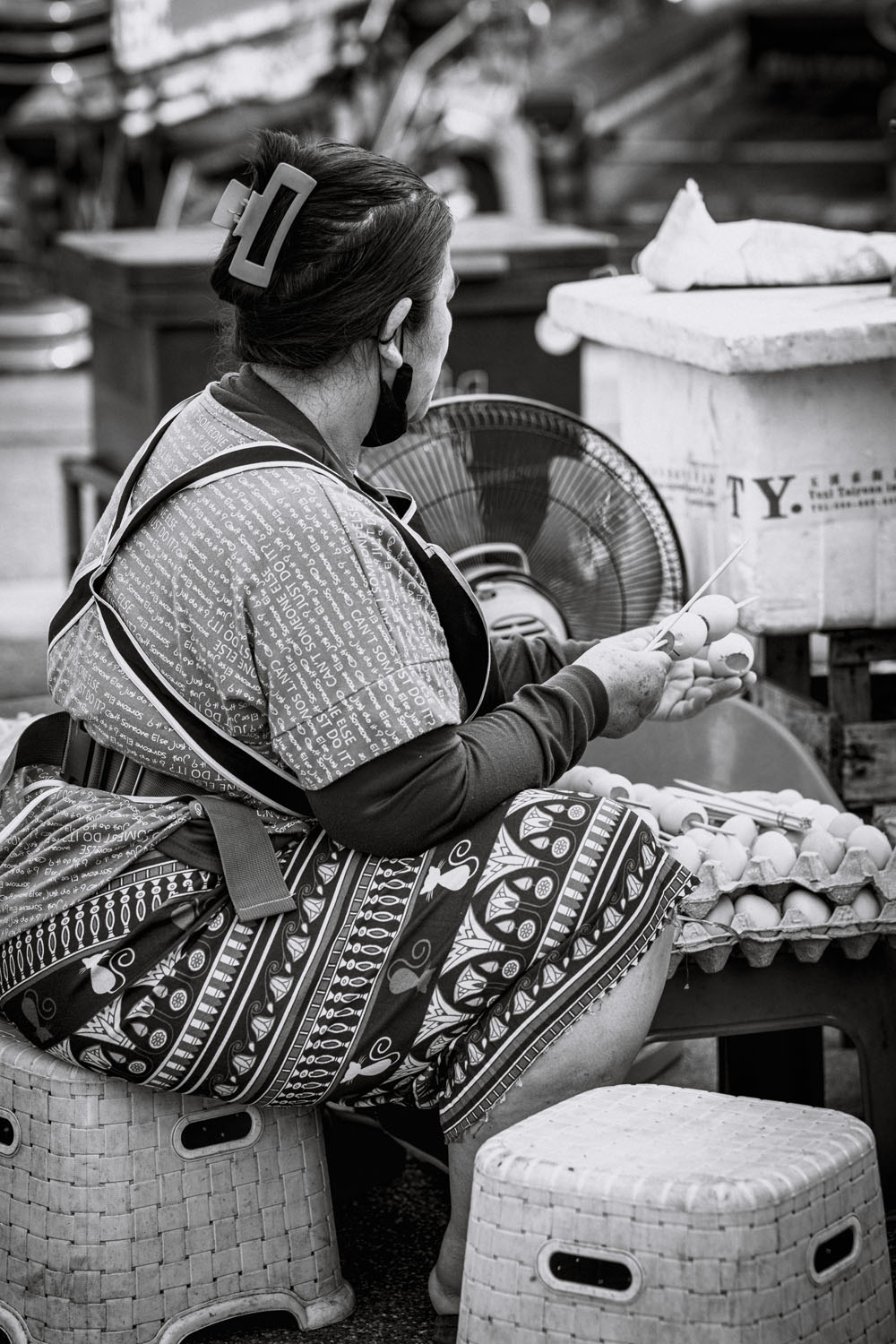
The plastic body is actually more durable than you would think and adds a care-free element to shooting due to its lightweight nature and also not worrying about bumps or scratches and paint flaking that occur, especially troublesome after putting a lot of money down on a lens. No one wants to take their fresh out of the box black lens home with a chip in the finish. Shooting with this as someone who is very much used to high end optics, felt liberating. I can only imagine how good that must be for a student or beginner who is far more budget constrained as babying your gear is a sure-fire way to miss shots. One of those unexpected yet real world implementations on how gear can make you a better photographer that no test chart can back up.
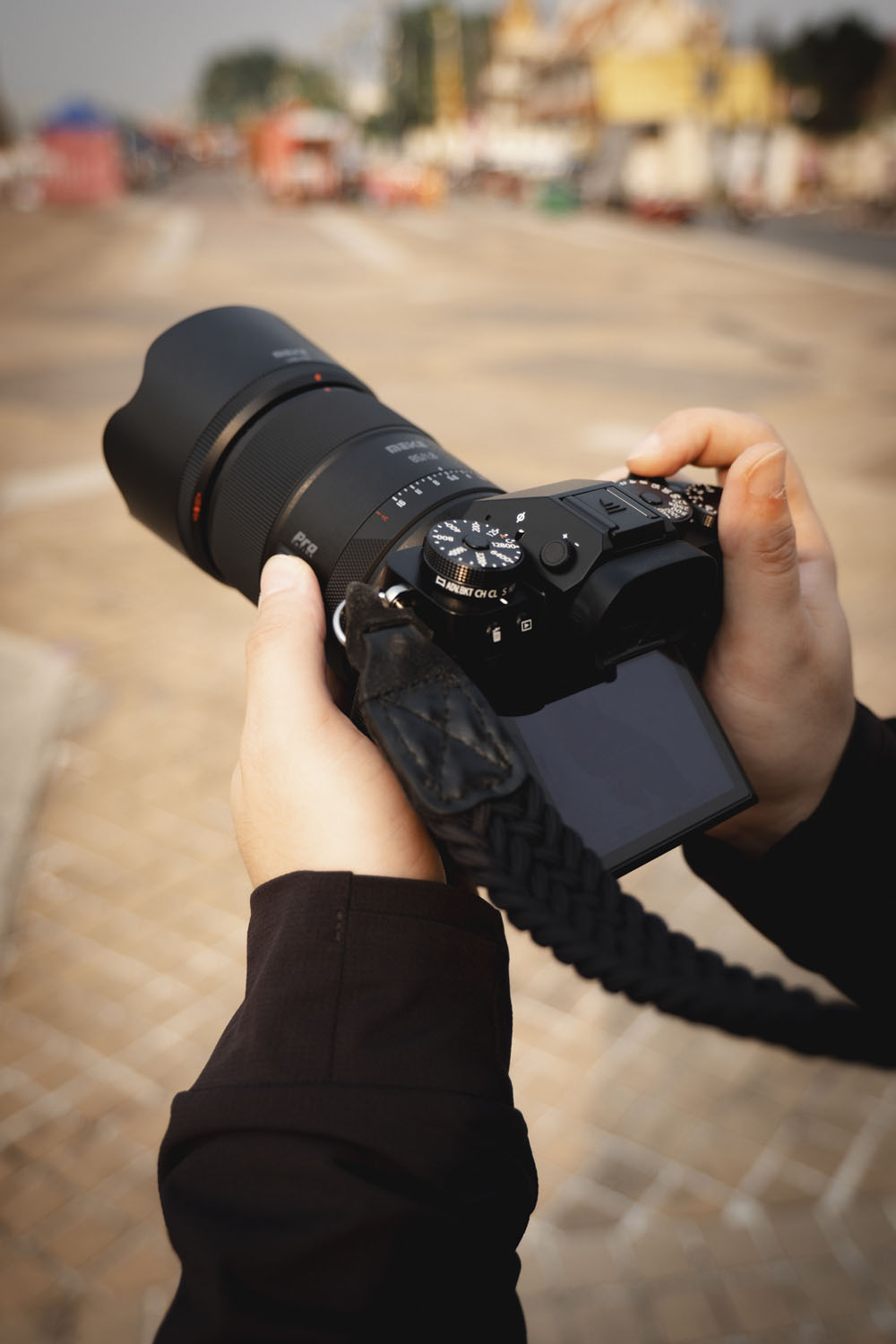
Optics
This lens can be sharp, when the focus is dead on and your shutter is nice and high. At F5.6-F8 this lens can be razor sharp and still offer good telephoto compression. Right now, the conditions are far from ideal for testing lenses but I am not about to give it a pass, lenses are tools to be used and rarely can we control variables when shooting outside. It’s very smoggy here, with bad air pollution and it is not likely to lessen until the rainy season months away so I am using it as is. Bear that in mind when assessing the images. The two biggest downfalls optically are that it offers spotty performance below F5.6 needing a still hand, still subject and high shutter, It doesn’t grab focus instantaneously the way our 90mm F2 with four linear motors does, nor as fast as the Red Badge 50-140mm F2.8 with its three linear motors. I would say though it is comparable to the 56mm F1.2 wide open so take that as you will. ⅓ the cost and there will be concessions. I felt overall that the AF was overall spotty and not in line with our Fujinoin’s, so perhaps with some tweaking Meike can address this in firmware. That said, it is more than usable under normal circumstances and for a newer hand, a far easier pill to swallow than the price of all three lenses I mentioned above.


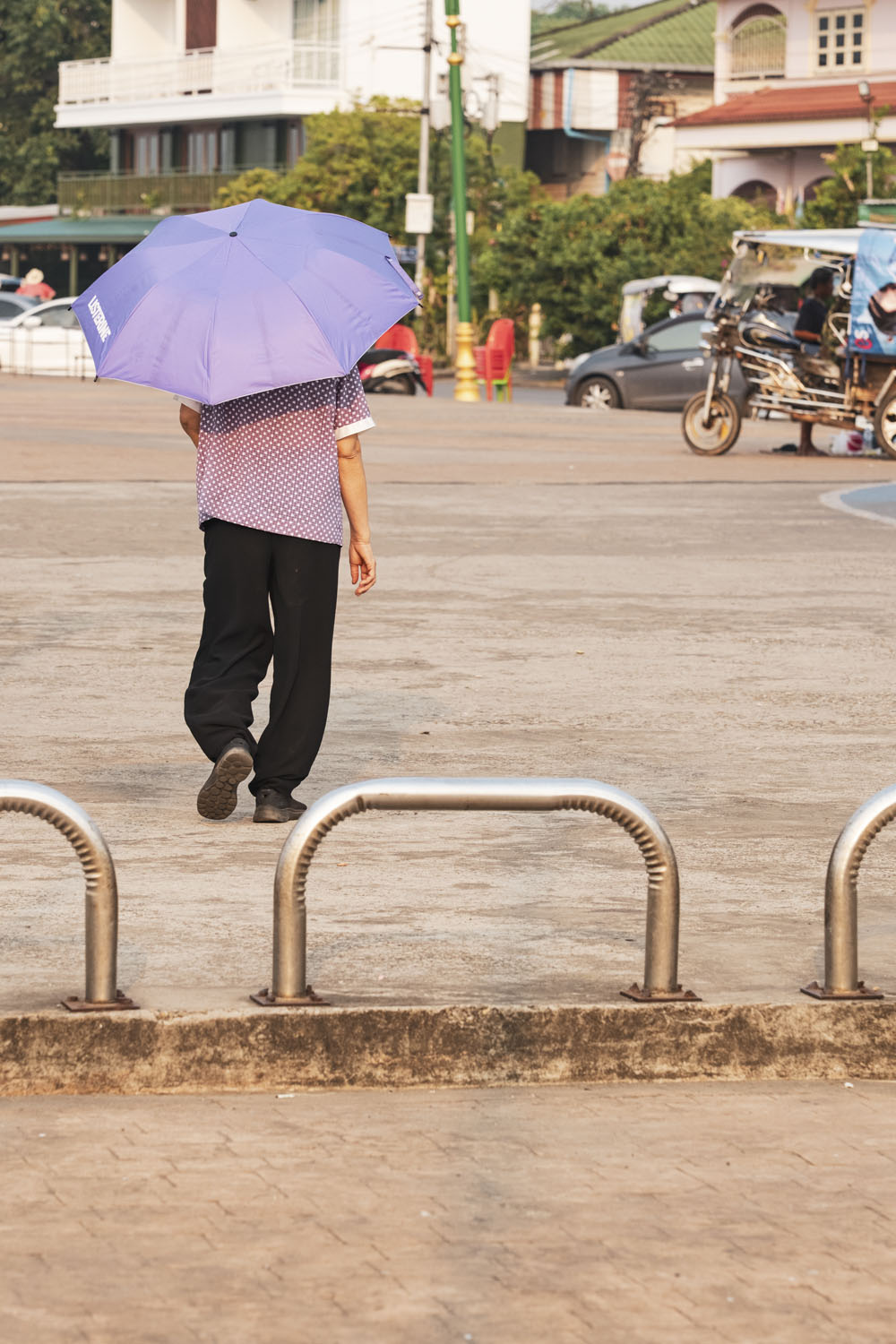
RIGHT: Fuji X-T5 . Meke 85mmF1.8 . F/5.6 . 1/600″ . ISO 500

Usability
It’s autofocus, has auto aperture if needed, eye detect works (to varying degrees of useful-ness) so ease of use is not a concern. I also find that longer lenses are far easier to use than wider ones, they can make almost anything look good without having to rely on art theory. They are a cheat code of sorts. Providing you have enough room between you and what you are shooting, you can use this lens for anything you wish. Yet we all know that doesn’t work out so well in practice. It’s a long lens, and a big reason I think the 135mm primes (Full-Frame) have fallen out of favour over the 70-200mm (or 50-140mm on Fuji) is that having that more standard view at the short end opens up versatility that a longer prime doesn’t have. Unfortunately for the Meike, with performance best at kit lens aperture values, it doesn’t scrape back points for that F1.8. By far, the biggest thing that lets down usability, though, is the yellow to orange cast this lens has. It is by far the worst cast to have and interferes with greens and blues as well as obviously reds and oranges, therefore magentas and browns too. I am sure you could make a preset to counter this, but in my use, combating it made the images feel cold and sterile, so I just leaned into it. B&W looked good, the images weren’t too flat or compressed and had more dimensionality than I had anticipated.
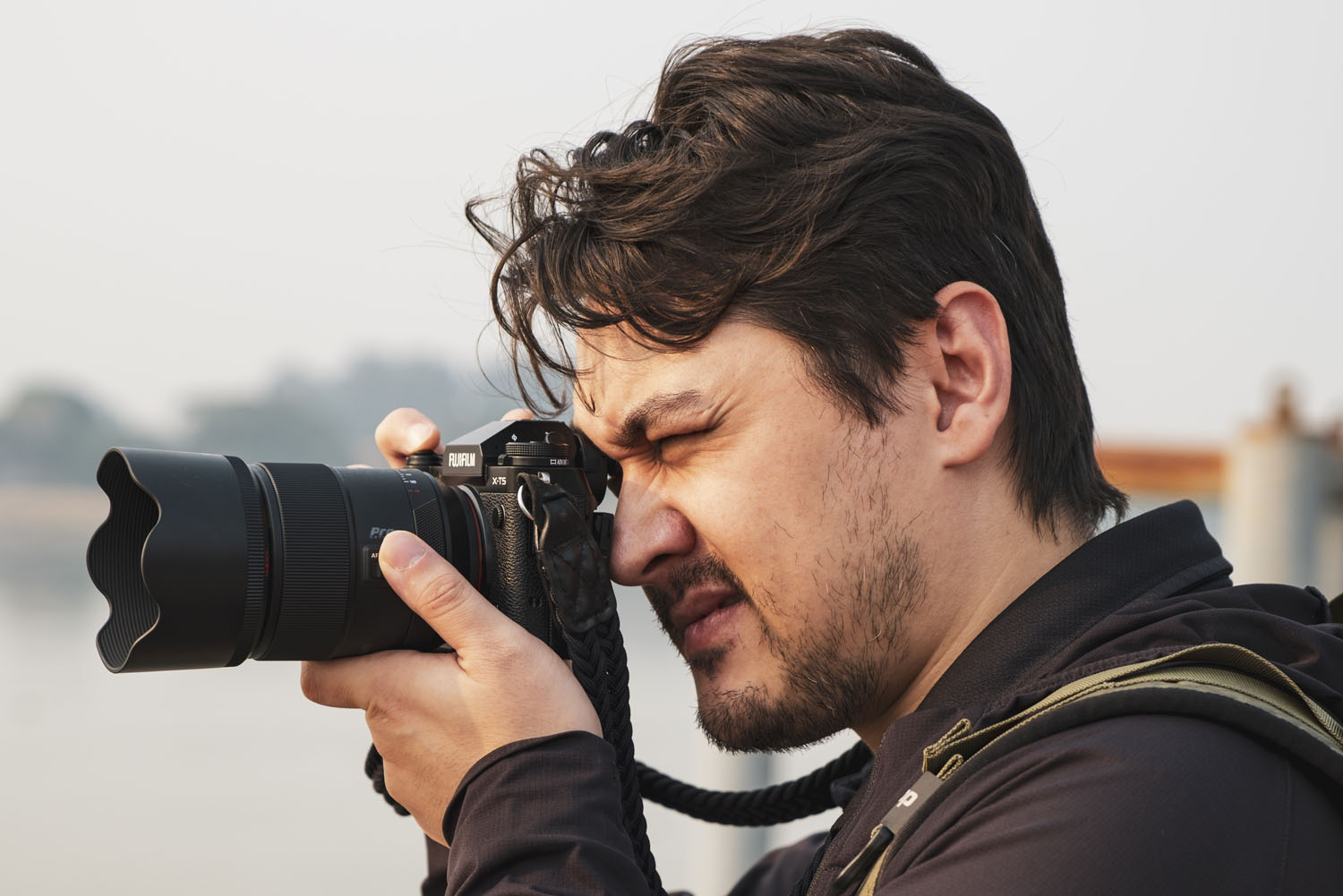
Final Thoughts
I don’t agree with other reviewers who paint this as a budget alternative to the 90mm. The 90mm is not just in another league but playing an entirely different sport. I also don’t believe that this is a good choice if you are looking to build a “professional” kit. A tempting idea, especially if you are looking for a typical three lens kit of wide, standard and telephoto, but the trust is not there, not with autofocus and not with build quality. Where I believe this lens shines is for someone looking to earn EXP points. A student, someone new to the hobby perhaps or someone into fashion or cosplay who wants better imagery but not eat the cost of their hobby. This is the perfect lens to get a student shooting their friend’s band, or fashion show. Where money does not change hands but each party is learning and growing. Perhaps a hobby photographer without a longer lens for Fuji, as they can be expensive on our mount, especially if you have an Amazon gift card or discount code you can put towards it. Chances are, like myself, you will have a good time with this lens. If you want a 90mm save for it, if you want a portrait lens, our 56mm F1.2 walks all over this. I will always, always advocate for saving and buying what you truly want. Yet I know there are those for whom saving isn’t an option. Spending more isn’t an option. Emerging markets where 2nd hand prices are insane. This lens, it gets you shooting, gets you away from your kit lens. I don’t need to be in that position personally to understand that. Sometimes, the lessons learned using a lens like this is where the value truly lies. At an RRP of 340 USD it is not a cheap lens by any means (and makes a lot of sense on Full-Frame), and I am now even more curious if the 33mm & 55mm offer a similar experience but more so for APS-C.

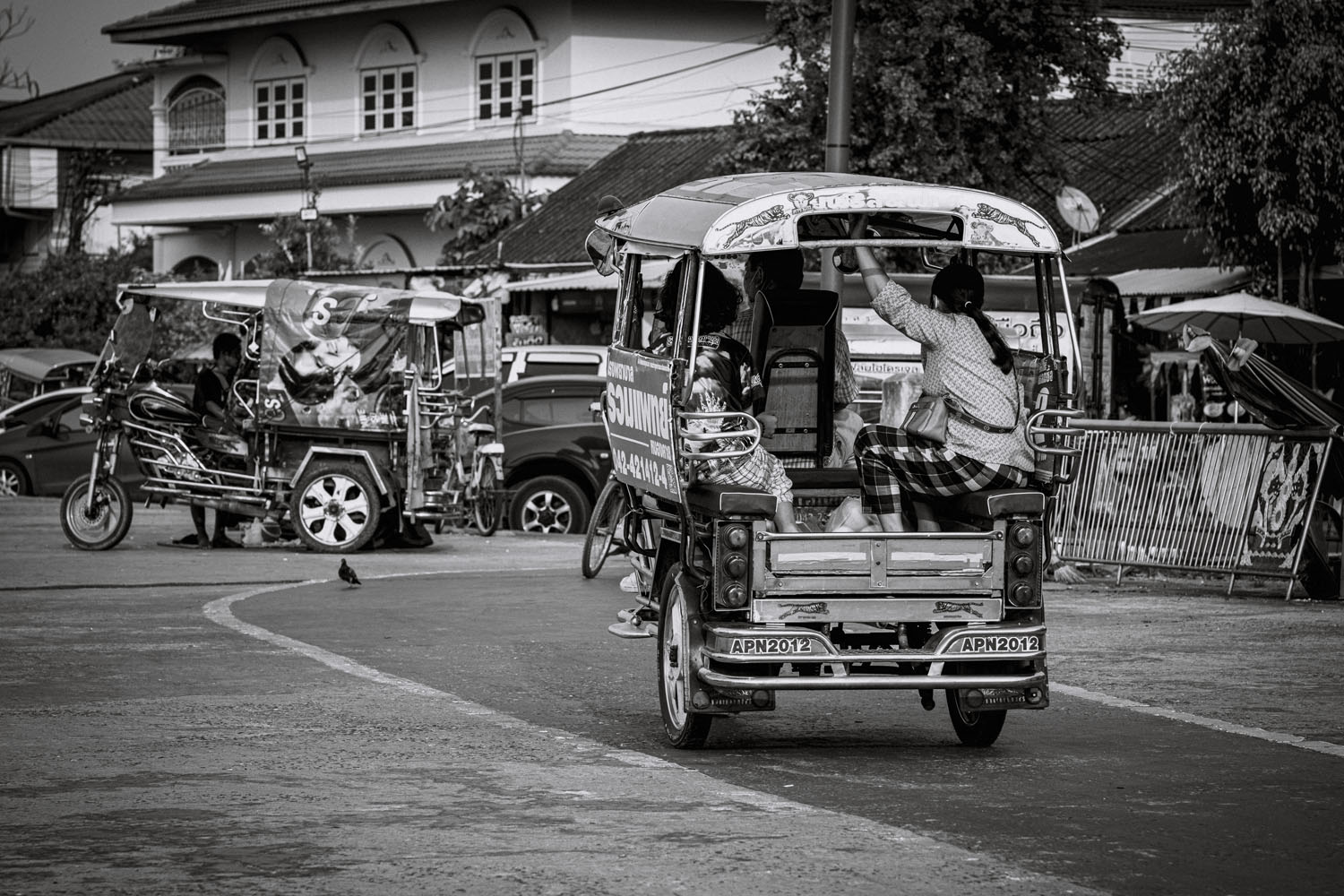
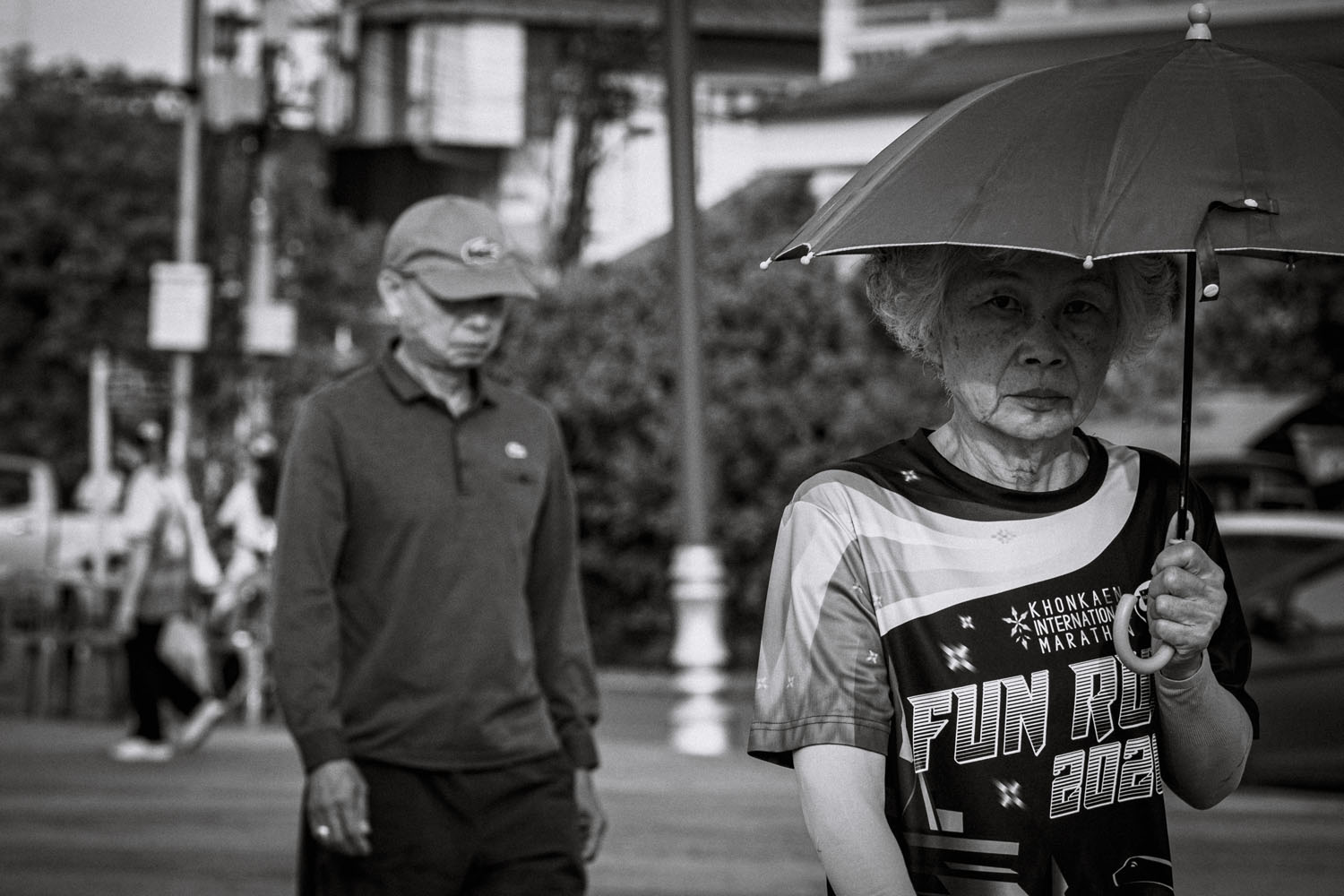
RIGHT: Fuji X-T5 . Meke 85mmF1.8 . F/5.6 . 1/500″ . ISO 640


RIGHT: Fuji X-T5 . Meke 85mmF1.8 . F/5.6 . 1/500″ . ISO 1000
I would like to thank Meike for providing me with this lens, however the opinions expressed are my own. If you would like to purchase this lens, then you can find it for sale on Meike’s Website Mieke 85mm F1.8 Pro.
If this review or any of my other articles have helped you in any way please consider buying me a coffee where the donations will go towards keeping my project “Soul of the Planet, Heart of the People” alive. I am documenting the rapid degradation of a 3,500-year tradition of subsistence farming culture in Isaan, Thailand, due to ecological, economical and climate changes.

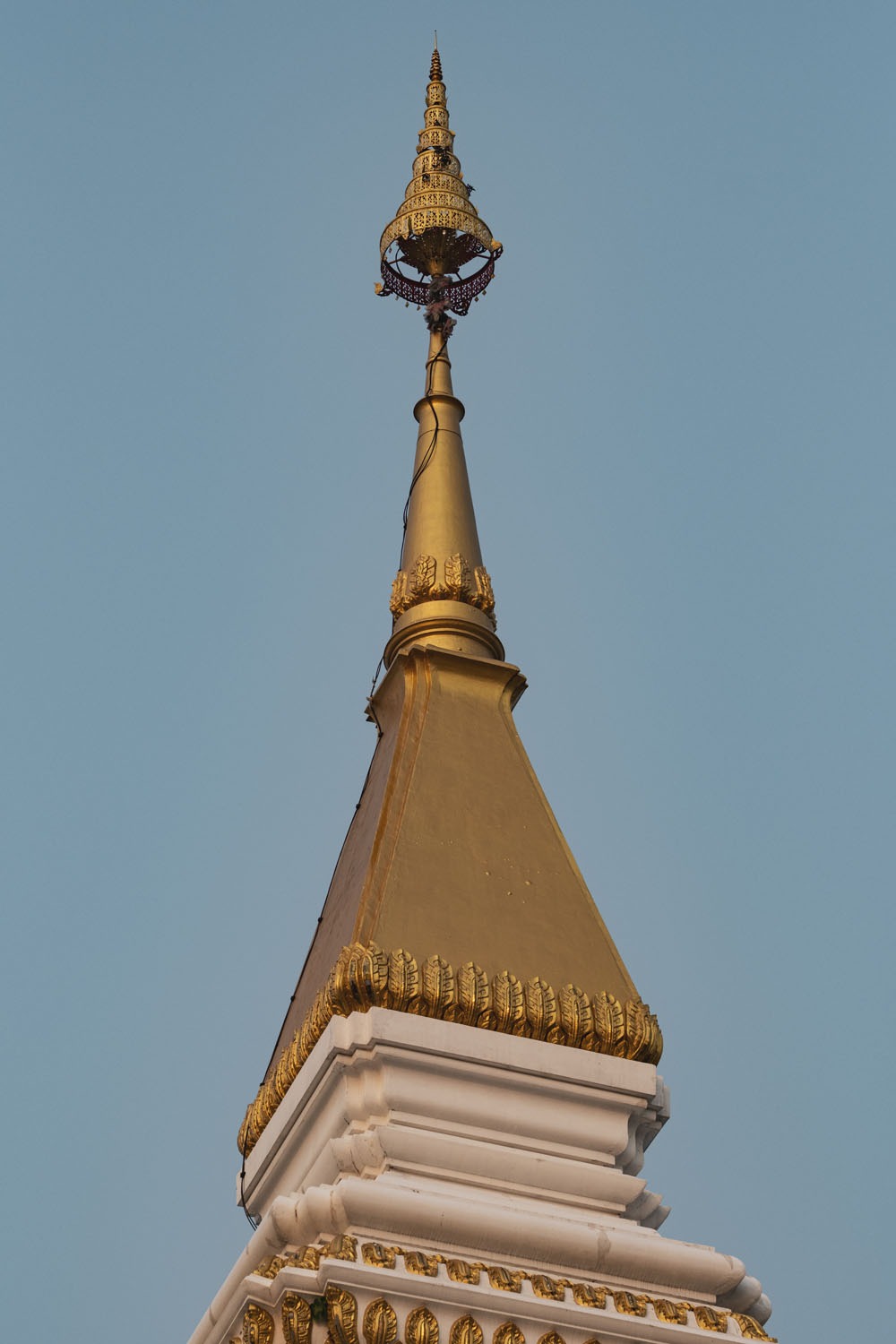
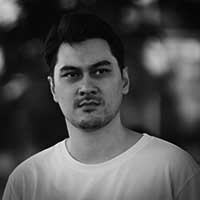
Dual British-Thai national, David Roberts learned his photographic chops from his time in Japan. His style is a proud mix of the Shinjuku scene mixed with influences of Life and Magnum photographers past. He prides himself on his ability to marry the artistic, technical and philosophical aspects of photography. Milestones include creating DRobertsPhoto.com and his first zine “Simple Nothings” in 2017 rapidly followed by his second zine “From Nippon With Love” the following year. Currently working on “Soul of the Planet. Heart of the People” documenting the modernisation of a Thai way of life that goes back to 1,500 BC.


